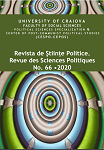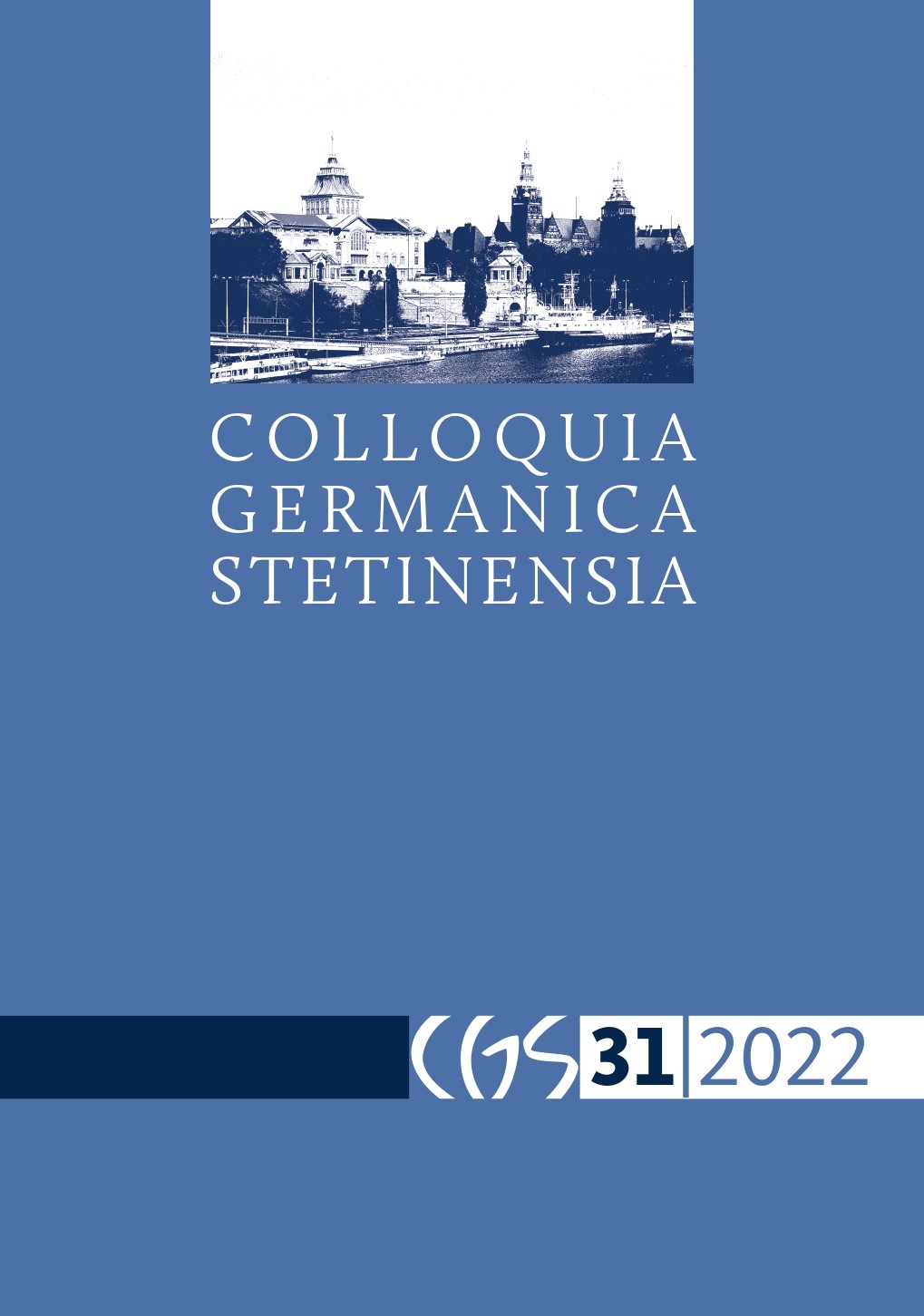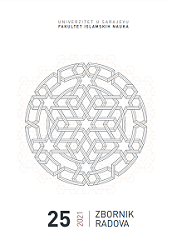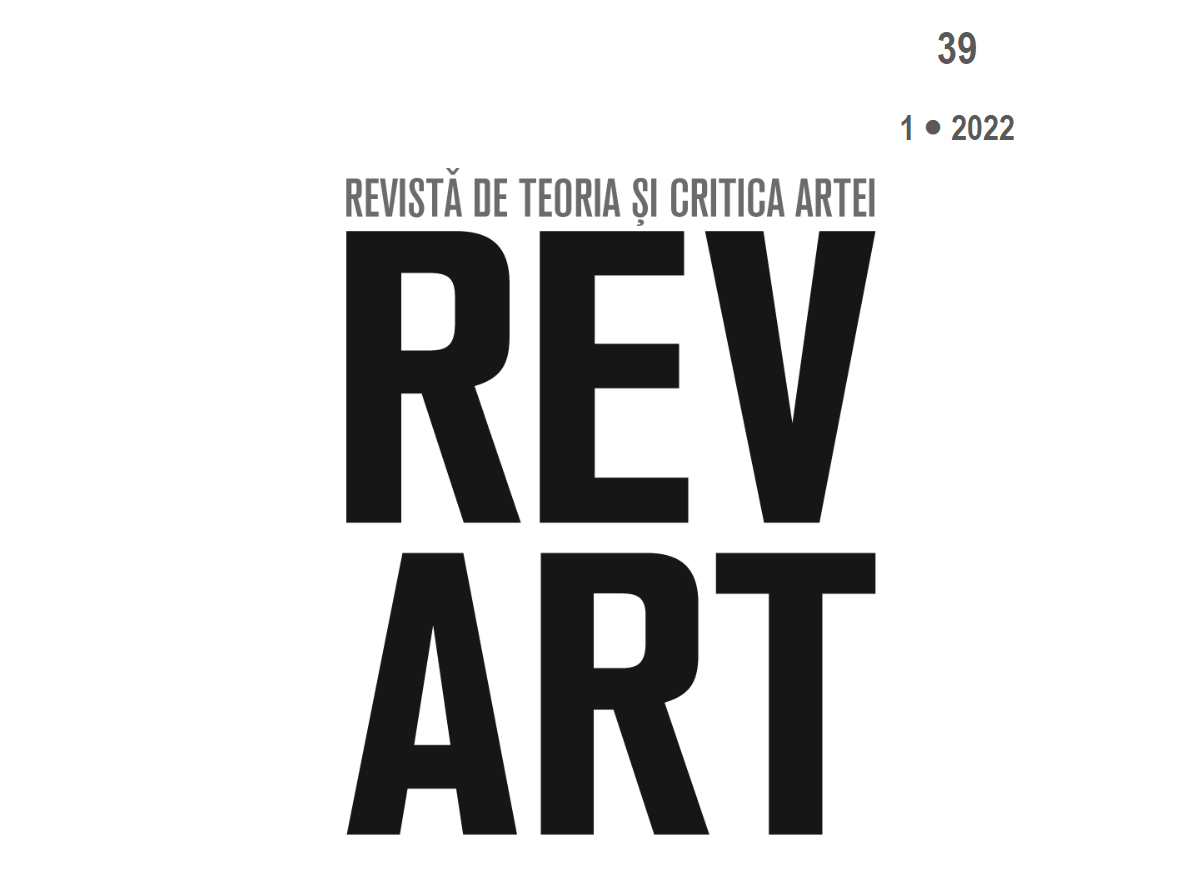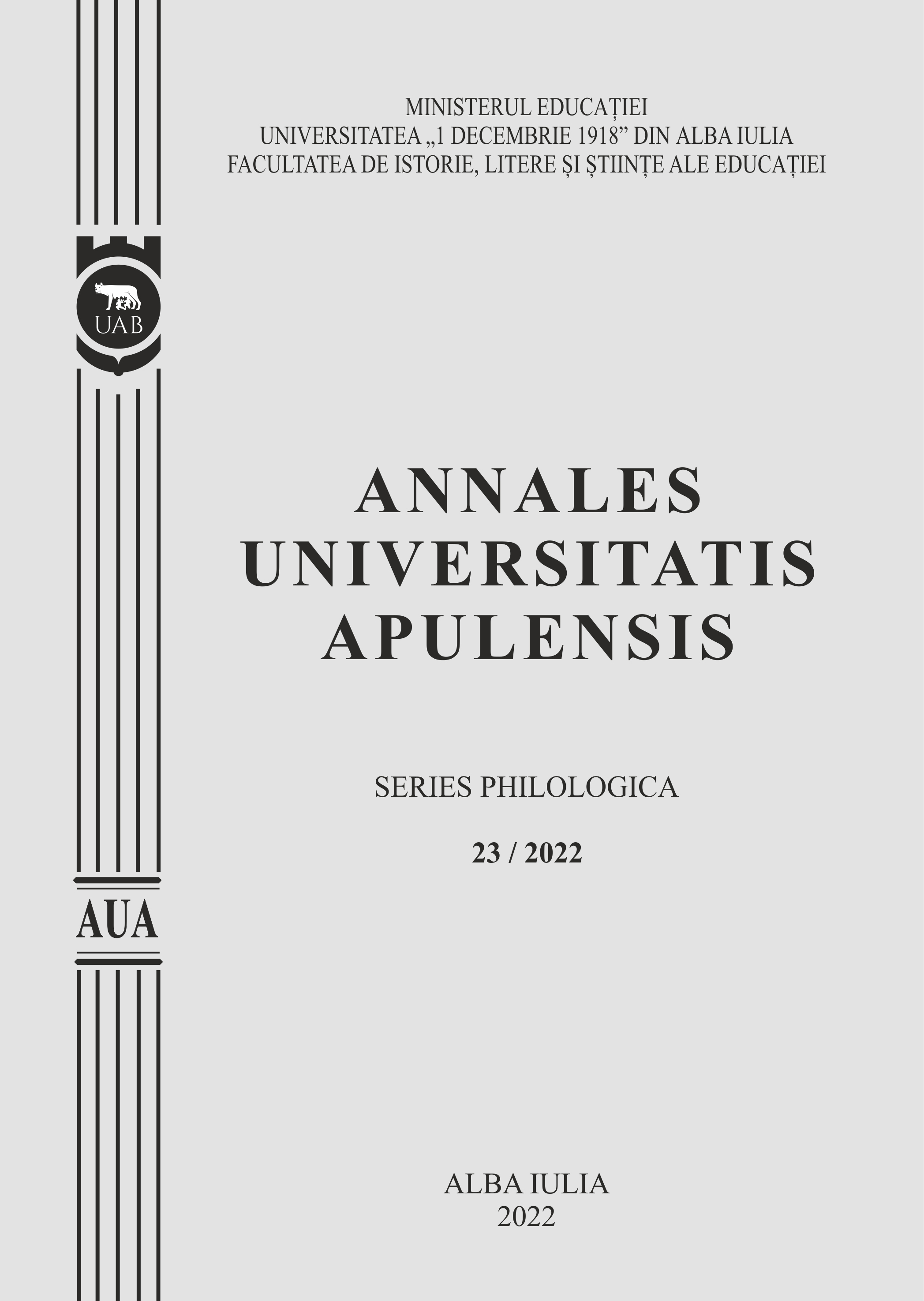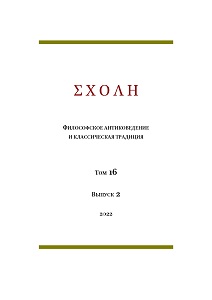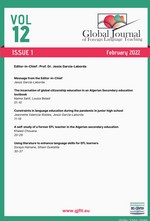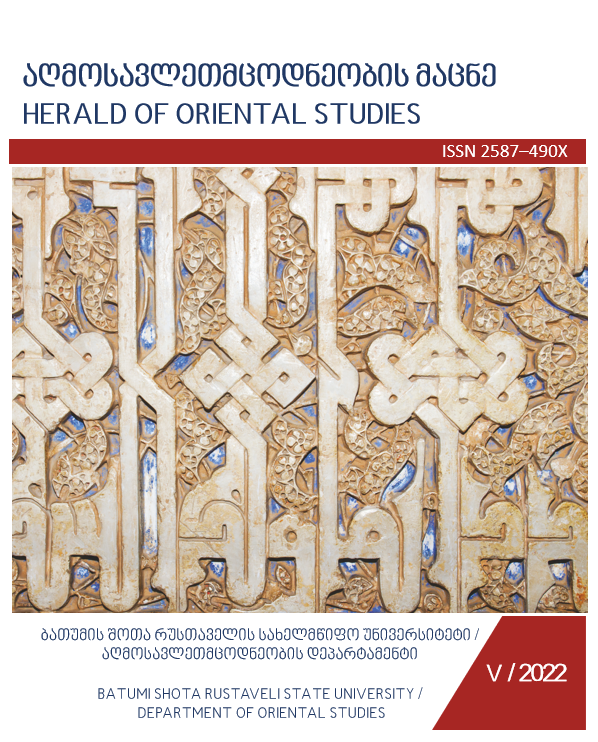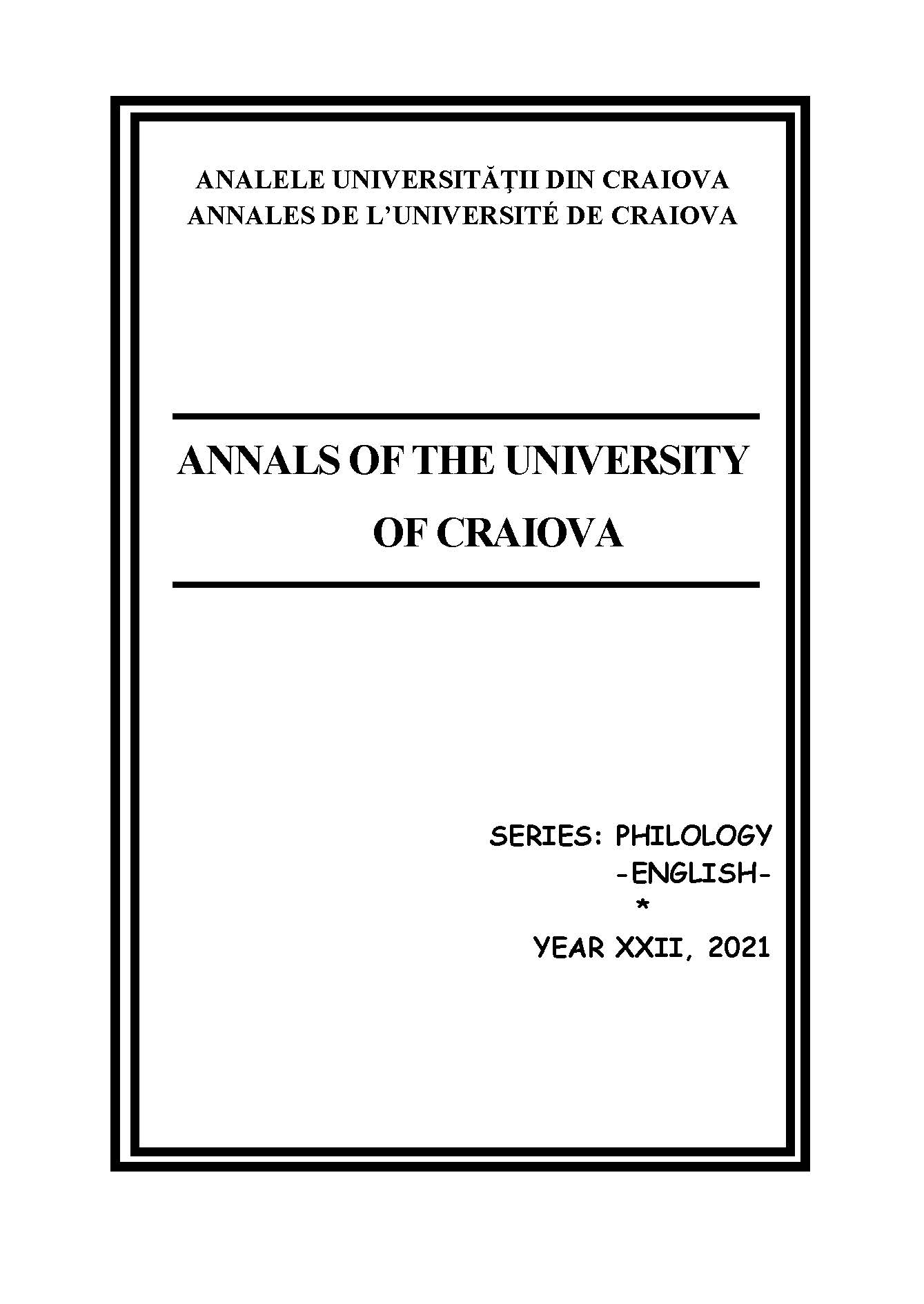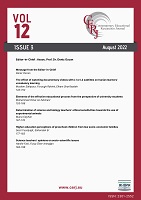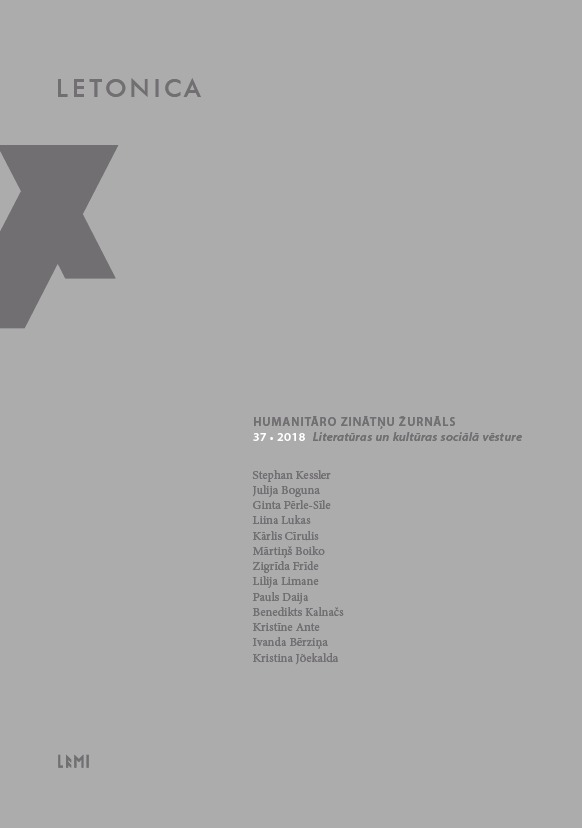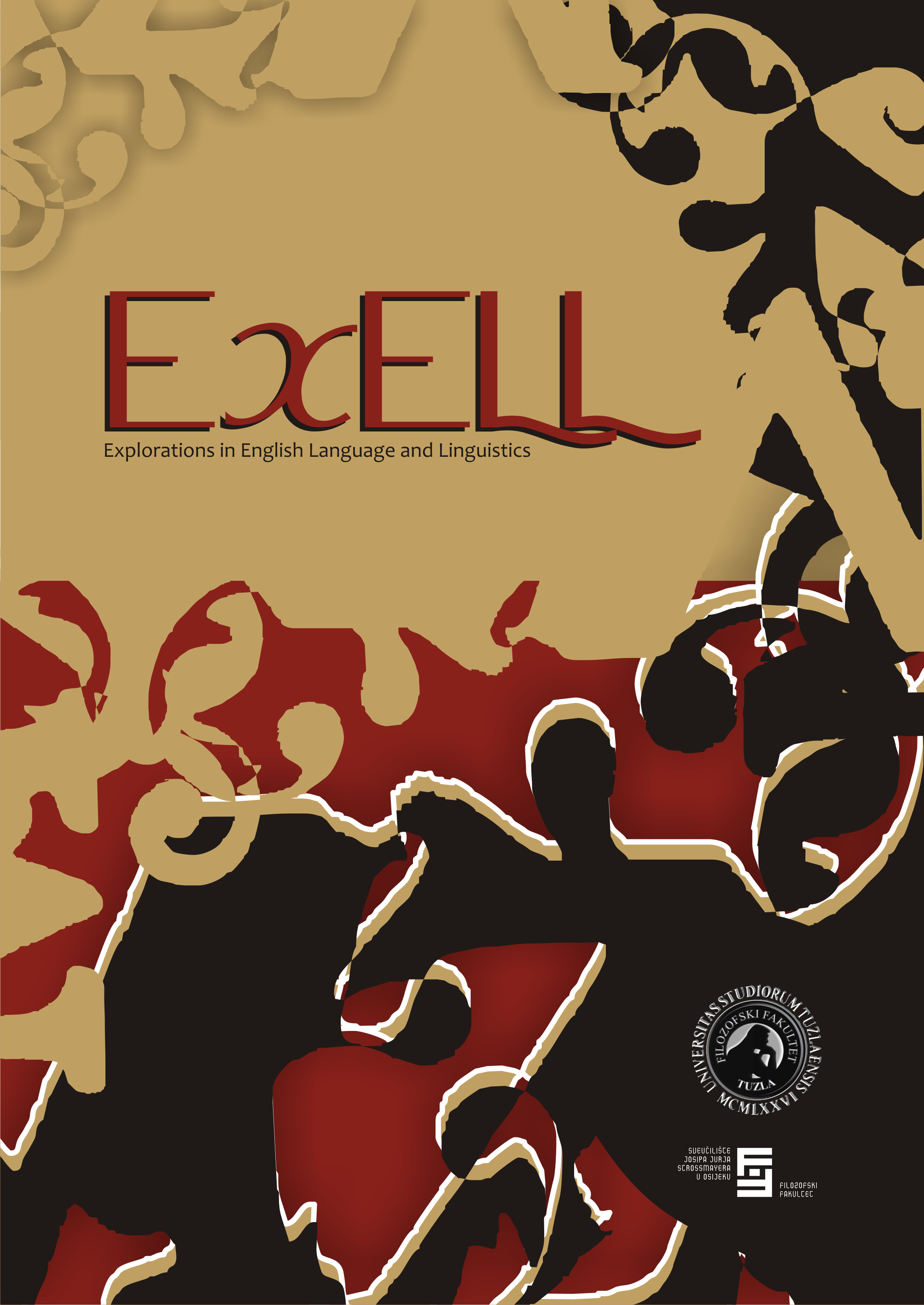Author(s): Lilija Limane / Language(s): Latvian
Issue: 37/2018
A new perspective has emerged in the latest research of literary history. The researchers examine the so-called pulp fiction or folk literature, which allows focusing a greater attention to the needs of the readers and the peculiarities of literary communication in the framework of popular culture. In order to obtain an overview of the trivial literature and the peculiarities of the reading process, first it is useful to draw attention to the evaluation of certain bestsellers. For a long period of time (from the 1840s to the 1920s) in Latvian literature one of the most popular books among readers was the story of countess Geno veva. The plot was based on a German medieval legend on an absolutely positive woman, who experienced enormous injustice and suffering. In German literature several literary versions of the legend are known. The most popular story was by writer Christoph von Schmid. It was translated into Latvian by Ansis Leitāns. The book was first published under the title Countess Genoveva (Grāfa lielmāte Genoveva) in 1845. The story quickly became famous among reading audiences, especially in the countryside, where it was read aloud to all members of household at peasants’ homes. After three years the book was published once more, but all together this translation was printed six times. From the 1860s other translators and publishers in Riga, Liepāja and other regional cities and towns turned to the story of Genoveva. There were also shortened versions of the plot following the example of German folklore volumes Volksbücher. Overall, from the first print to the first decades of the 20th century the story on Genovefa was printed 22 times. The status of a bestseller can be given to the book not only by the considerable number of reprints, but also the many reviews given by the reading audiences, including the references given by Latvian writers in letters, autobiographies, memoirs. Many of the authors remember how it was read to them aloud, and as a result the listeners shared emotions and collective experience, focusing on sympathy for the sufferings of the main character. The form of elective reading accustomed listeners to the perception of a literary text, who before that had never had any experience with fiction. Consequently, many people looked for the book on their own and turned to individual reading, which allowed for the dialogue between the reader and the author. There were dynamic changes in terms of the use of the story of Genoveva. In the 1840s and 1850s German priests recommended the story as a means of education, because it showed an example of patience and faith. An enjoyable reading process was mentioned only as an additional feature. Over the course of time, the function of entertainment was increasingly emphasised in book advertisements. Beginning with the 1870s, when serious classical and fiction literary works were translated in Latvian literature, the critics of lite rature understood the limited creative quality of the sentimental story of Genoveva and placed it in the category of trivial literature. However, they rarely turned against the book, because they loathed thrillers and pulp fiction stories involving a lot of blood more. The social and literary scholars in the late 19th century and early 20th century mentioned the story of Genoveva only occasionally and only as an old-fashioned and provincial story. However, readers, especially in rural areas, continued to read it up to the 1920s when many plays were published appropriating the plot of the legend. The phenomenal popularity of the story of Genoveva manifests the values and needs of socially and intellectually lower classes of Latvian society. As the parallels with the tendencies of other nations prove, the pauperism of society is the cause for the sympathy for the unfortunate and the miserable. People loved to identify with and feel sorry for the sufferings of characters, and it was the emotional quality that led the audiences to certain catharsis.
More...

